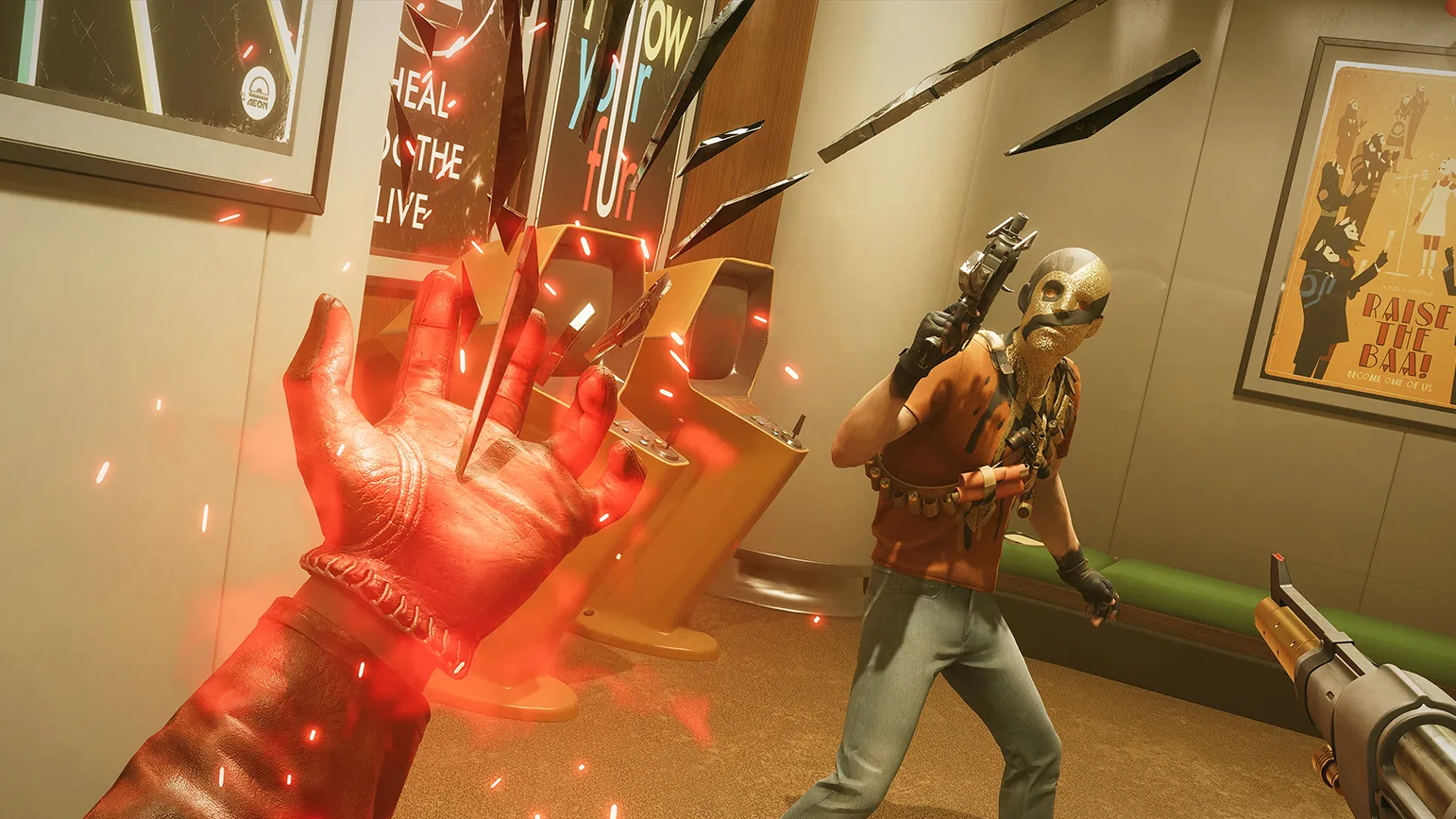AMD’s Nvidia DLSS rival FSR is now supported by 70+ games
71 titles support FidelityFX Super Resolution upscaling (or are about to)

AMD FidelityFX Super Resolution (FSR), Team Red’s upscaling rival for Nvidia DLSS, came out six months ago, and in celebration of that milestone, the company has revealed that there are now over 70 games that support the feature (or are about to).
In total, AMD observes that FSR is now in 47 games, and will be in 24 upcoming titles, with support gained from over 80 game developers thus far, further noting that: “FSR has become the fastest adopted software gaming technology in AMD history.”
Those games include some big-name efforts, like Deathloop, Horizon Zero Dawn, F1 2021, Far Cry 6, and Resident Evil Village, plus the likes of the incoming Baldur’s Gate 3 and Grounded which are currently in early access, and God of War (due to arrive on PC next month).
AMD notes that with Radeon RX 6000 GPUs using FSR in performance mode (tailored for the fastest frame rates, rather than visual quality), gamers see an average of a 2.5x performance uplift at 4K resolution (as benchmarked by AMD across a selection of 10 games – so a pinch of salt around cherry-picking here, of course).
Analysis: Good progress thus far, but Intel XeSS is on the horizon
AMD is making commendable progress with FSR, clearly, and the tech has also been brought to the Unity game engine (in October), plus there’s an Unreal Engine plug-in (which arrived in November), all of which should help to further drive its usage going forward (as devs using those engines can more easily implement FSR).
For the unaware, the big difference with Nvidia DLSS compared to FSR is that Nvidia’s technology uses machine learning (AI) for refinement, which essentially represents a big boost in the quality department when it comes to the actual results of the upscaling.
AMD has tried to make FSR better in different ways, namely making it an open standard (DLSS is proprietary) and by supporting older graphics cards (not just AMD GPUs, either, but even previous-gen Nvidia GPUs). Whereas DLSS is strictly for RTX cards only.
Get daily insight, inspiration and deals in your inbox
Sign up for breaking news, reviews, opinion, top tech deals, and more.
Of course, there’s also Intel’s new GPUs on the horizon which will come with Team Blue’s own take on upscaling: XeSS. This is particularly interesting as it seems that Intel has decided to take a ‘best of both worlds’ approach, producing a solution which is driven and honed by AI like DLSS, but remains an open standard like FSR. While early results of XeSS look impressive, what we’ve witnessed has been provided as part of Intel’s hype machine for Arc Alchemist graphics cards, so they’re bound to show the tech in the best possible light, naturally.
The danger is that AMD’s FSR could rather fall by the wayside compared to its AI-powered rivals, with the gap in the quality of upscaling becoming wider over time as DLSS and XeSS are further and continuously refined. But that said, if AMD sticks to its guns of making FSR relevant for those stuck with older GPUs – a lot of folks at the moment, it has to be said – that could be a viable long-term niche right here. Either that, or AMD works on its own AI take on upscaling down the line.
- Intel vs AMD: which is best?
Darren is a freelancer writing news and features for TechRadar (and occasionally T3) across a broad range of computing topics including CPUs, GPUs, various other hardware, VPNs, antivirus and more. He has written about tech for the best part of three decades, and writes books in his spare time (his debut novel - 'I Know What You Did Last Supper' - was published by Hachette UK in 2013).